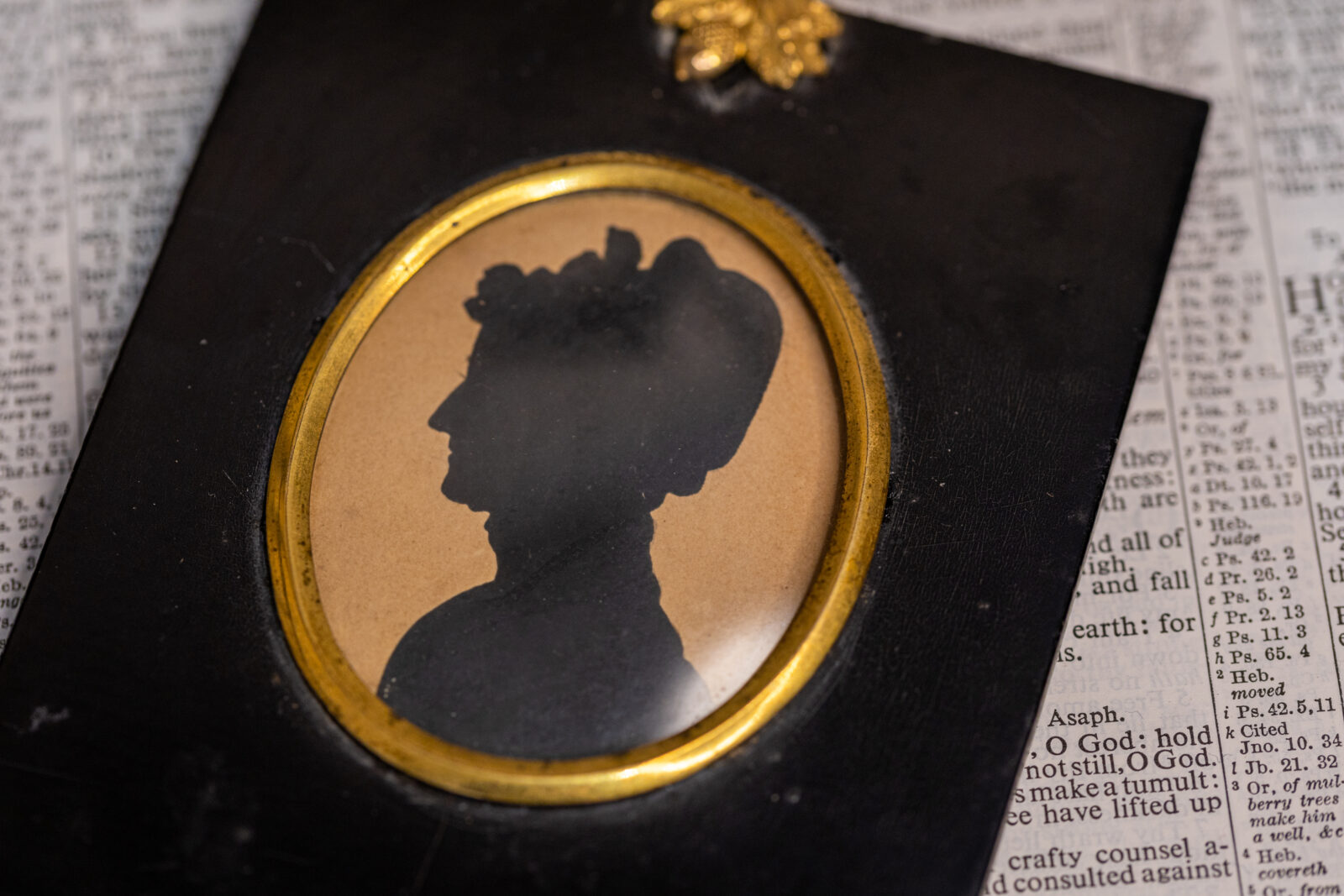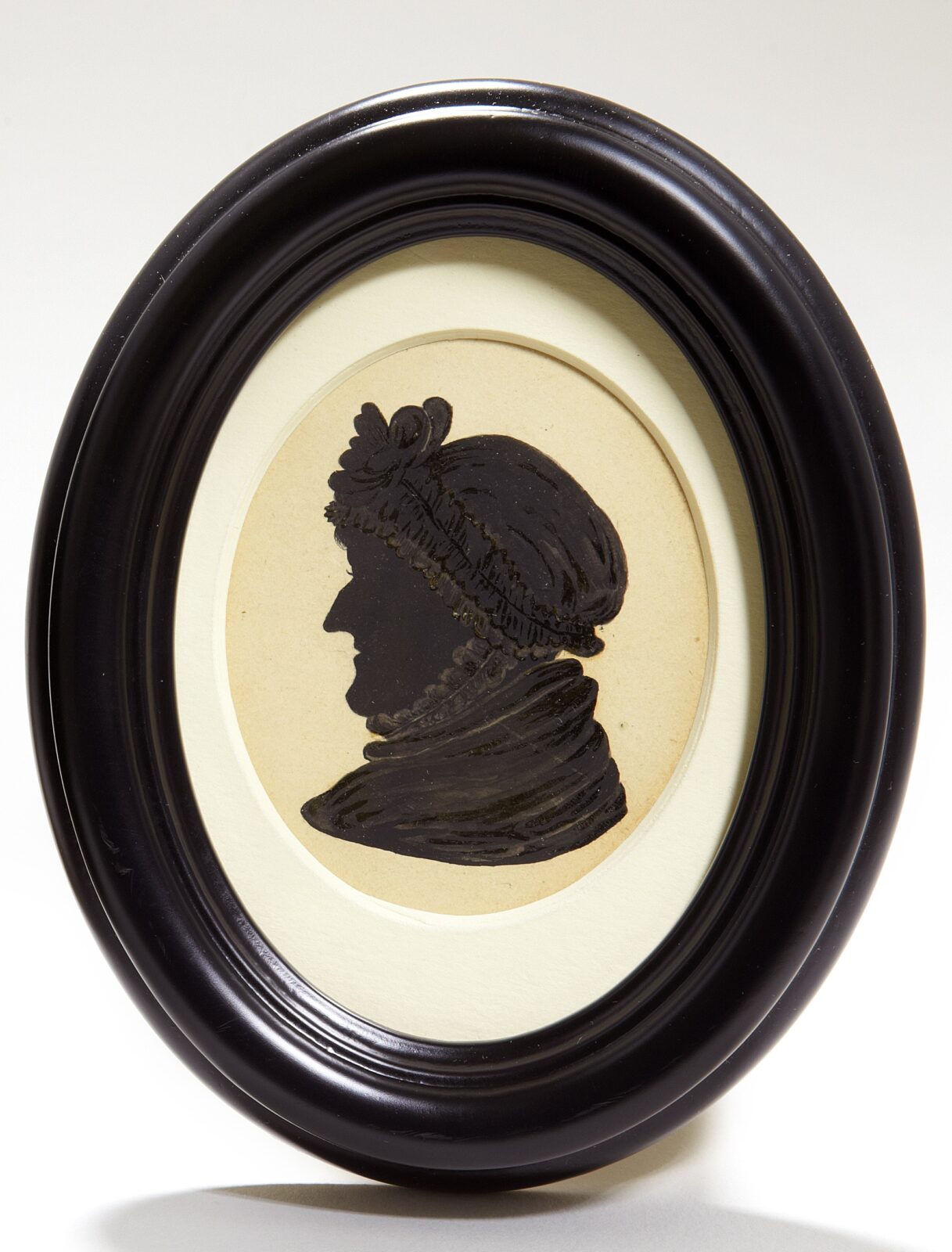Room 3: Martha Lloyd, Miss Austen and Mrs Austen
Martha Lloyd (1765-1843) – The Cookery Writer
Martha Lloyd’s Household Book
Jane Austen describes Martha Lloyd in a letter of 1808 as a ‘friend and sister under every circumstance’. The Lloyds were neighbours of the Austens in Jane’s childhood home of Steventon and her sister Mary married Jane’s eldest brother, James. After the death of her mother in 1805 Martha joined the Austen women in Bath, moving with them to Southampton and then to Chawton in 1809.
Like Jane, Martha was a writer – although not of fiction. Her handwritten ‘household book’ is a precious piece of social history, collecting recipes that made up her day-to-day life. There are recipes for wines, cakes, pickles, soups and a ‘Curry after the India Manner’. Martha also includes household remedies and cures for humans and animals alike. There’s even a recipe for making your own ink.
After Jane’s death, Martha’s life took a turn like something out of one of her friend’s novels. In 1828, aged 62, Martha married Jane’s brother, Frank Austen. Frank – like Captain Wentworth in Persuasion – had worked his way up in the navy. Together, they moved into Portsdown Lodge – a grand house with 14 bedrooms and 25 acres of land – and when Frank was knighted in 1837, Martha went from being an honorary Austen lady to being Martha, Lady Austen.
~
Miss Cassandra Austen (1773-1845) – The Phoenix
Silhouette, early nineteenth century
Most of Jane Austen’s surviving letters are addressed to her sister, ‘My dear Cassandra’. Neither sister married, although at around age 19 Cassandra was engaged to a young man called Tom Fowle, who had been one of Reverend Austen’s students in Steventon. Tragically, he died of yellow fever whilst working as a ship’s chaplain on an expedition to the Caribbean in 1797. Cassandra was grief-stricken and seems to have made the decision never to marry.
Cassandra was Jane’s best friend and confidante throughout her life. As a teenager Jane dedicated the short story ‘The Beautifull Cassandra’ to her sister with the words: ‘Madam, you are a phoenix’. Later, here in Chawton, Cassandra took on the running of the household so that Jane would have the time she needed to write – enabling her to become a published author.
Cassandra was a creative woman in her own right, too – she was an accomplished artist. The only images we have of Jane are two watercolours by Cassandra, although only one shows Jane’s face – it can be seen in the National Portrait Gallery in London. After Jane’s death, Cassandra was involved in setting up a free school for the poor children of Chawton and was noted for teaching the village girls to read.
~
Mrs Cassandra Austen (1739-1827) – The Gardener
Silhouette, early nineteenth century
Mrs Austen was a practical woman who wasn’t afraid to get her hands dirty. At Jane Austen’s childhood home of Steventon Rectory, she not only raised her eight children but also shared the management of a 200 acre farm with her husband, taking care of poultry and running a dairy, brew house and granary. She was particularly fond of her small herd of dairy cows, writing in August 1770: ‘My little Alderney one turns out tolerably well, and makes more Butter than we can use.’ She also enjoyed working in the garden, particularly her vegetable patch. She even wrote a poem about it, including the lines: ‘My flesh is much warmer, my blood freer flows, / When I work in the garden with rakes and with hoes’.
Jane seems to have inherited her love of language from her mother, who enjoyed word games and was noted for her ‘sprack wit’. Living out her twilight years here in Chawton, Mrs Austen is said to have worn ‘a round green smock like a labourer’s’ for her work in the garden – something of a spectacle for the villagers considering that her son, Edward, was the grand estate owner. She didn’t care what other people thought.
~
That’s it! You’ve reached the end of this virtual exhibition.



